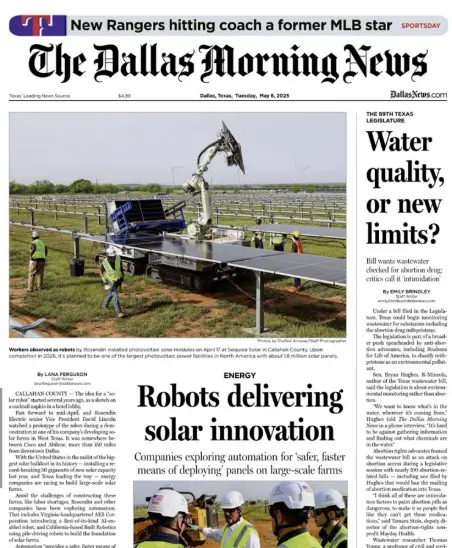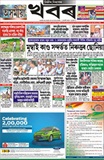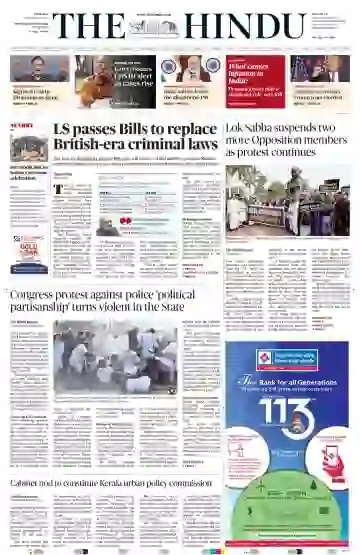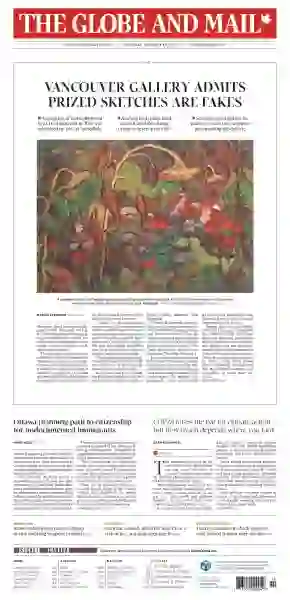Welcome To Epaper-Lab

EPaper-Lab Read Today's Online Newspapers and EPapers Daily 100% Free. Hub of Daily Newspaper Online. Daily News Epapers (Online Newspapers).
Epaper-Lab is a compilation of daily online newspapers categorized by Countries and languages. It offers a vast selection of newspapers and epapers from around the globe, in different languages. EpaperLab provides access to print edition epapers that can be read and accessed online. It is a platform where users can easily find epapers in various languages, originating from different cities and countries. So don’t wait, start searching for your daily newspaper and enjoy news from all over the world, conveniently online.






















































































































































































































